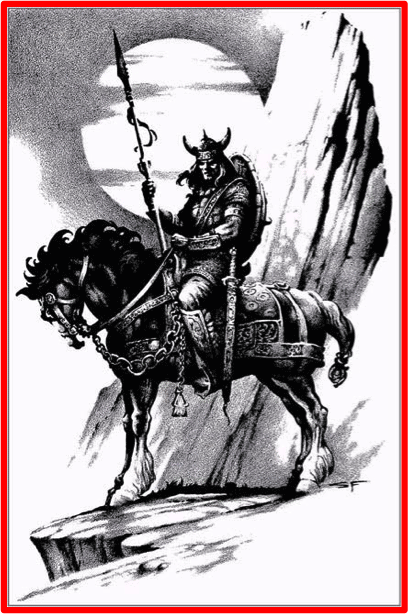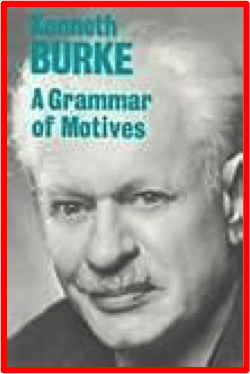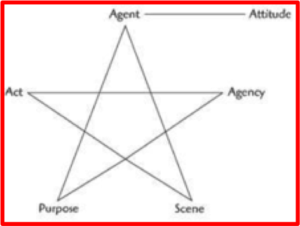As promised, here is the first blog post of my series on writing craft. This particular sequence will concentrate on what I am calling Story Process, the elements, techniques and processes useful for creating engaging and compelling fiction. The elements I will be presenting have been gleaned from my study of and reflection on various writing systems, the teaching and editing of fiction, and the writing of my own fiction.
This first sequence will focus on story structure, mainly through an analysis of one of Robert E Howard’s stories featuring his famous Cimmerian hero Conan, ‘The Tower of the Elephant’.
This post will be a little long, as I will be describing some background and summarising the story before discussing the first story structure method.
______________________________________________________
Introduction
Many years ago, I bought a copy of The Sword and Sorcery Anthology, edited by David G Hartwell and Jacob Weisman. I did this so I could re-acquaint myself with the breadth of the sword and sorcery tradition. The first story in the anthology was Howard’s ‘The Tower in the Elephant’ (first published in Weird Tales, March 1933, though written in 1932). When I finished it, I found myself appreciating it immensely. It was a strong story, one that carried me through the adventure at a high pitch, one that left me thinking over what had just happened and why, one that had announced here was a story that worked well and I needed to know why.
My intention with this particular craft sequence is to analyse the story by way of various models I have used in my teaching of fiction or have discovered during my studies while trying to improve my own fiction writing. I want to analyse the story this way so I can check the applicability of such models and see what they can tell me about why ‘The Tower of the Elephant’ works as well as it does.
Additionally, I hope these articles will offer insights for those who write and for those readers who may wish to derive additional enjoyment from knowing how a writer achieved the effects they’ve felt.
Below is a brief description of the story. For those who may wish to read it online, it is available here.
______________________________________________________
The Story
‘The Tower of the Elephant’ opens with an overview of the Maul, the seedy part of an unnamed city of Zamora, possibly the capital, given that the king is living there, though he may just be visiting. It then pans into a particular tavern and shows its typical residents. Before long, one inhabitant, a Kothian slaver, is bragging about the tower of the title and is overhead by a young, brash warrior from the northern lands. They match wits for a time and then, once the warrior is spurred into action, they face off for a duel. The one candle (how convenient) in the tavern is knocked over and when it is relit, the slave trader is dead and the warrior has disappeared.
The still-unnamed warrior has gone to steal the jewel the trader boasted about. He climbs into the compound around the tower, finds a dead guard, meets another thief, Taurus, who uses poison to defeat the next trap set for those who dare to raid the tower: a pride of lions. We now discover the name of the warrior, Conan, and soon he has to defend himself against a lion that was not killed by Taurus’s poison. The two thieves climb the tower. Taurus enters the topmost room first, after sending Conan on an unnecessary task. This is Taurus’s mistake, for he is killed by the guardian of this ‘glittering chamber’. Conan enters the room and, after a desperate battle, finally defeats the guardian, a giant black spider.
Conan descends to the room of the Elephant’s Heart and discovers the reason for the tower’s name: an idol with the body of a man and the head of an elephant. Conan surmises that the famous gem, the Elephant’s Heart, must be inside the idol. With a shock, he finds that the idol is actually a being from ‘the green planet Yag’, which circles forever in the outer fringe of ‘this universe’. (Note the use of the word ‘this’, which implies other universes, a concept virtually unheard of in 1933.)
The being, who calls himself by two names, Yag-kosha and Yogah of Yag, was captured and imprisoned by Yara, the high priest who has Zamora in his thrall. Out of compassion for the being, Conan agrees to help it. As requested, he kills it, carves out its heart, and drips the blood onto the actual Elephant’s Heart, ‘a great round jewel, clear as crimson crystal’. Conan then takes this gem to Yara, who is in a room below. Conan watches as Yara is swallowed by the gem and then attacked by the ‘green shining winged figure’ he had once imprisoned, blinded, and disfigured, and whose power he had abused. Yara is killed. Conan escapes the tower empty-handed, just before it crashes ‘into shining shards’.
And now for the first analysis of the story.
______________________________________________________
Technique One: The Dramatistic Pentad
The literary critic Kenneth Burke developed the dramatistic pentad tool as a way of analysing motivations of characters in fictional works. The tool sets up five categories of questions that should reveal reasons for behaviour. These categories, with examples of questions, are listed below:
- Act: What happened? What is the action? What is going on? What action; what thoughts?
- Scene: Where is the act happening? What is the background situation?
- Agent: Who is involved in the action? What are their roles?
- Agency: How do the agents act? By what means do they act?
- Purpose: Why do the agents act? What do they want?
These categories are similar to the journalist’s 5Ws: Who, What, Where, When, Why (plus How):
- Act (What)
- Scene (Where/When)
- Agent (Who)
- Agency (How)
- Purpose (Why)
Let’s now look at the story through the lens of these categories.
Act
The overall action of the story is Conan’s pursuit (What) of the gem known as the Elephant’s Heart, which is held in the Elephant Tower, the home of Yara, the deadly sorcerer who has held Zamora in his thrall for several centuries.
Scene
The story takes place in an unnamed city of Zamora (Where), at an indeterminate time period of history, some time before the last ice age (When). Specific settings are a tavern in the Maul; the grounds near the tower; and the rooms within the tower: the one containing the giant spider, the one with the idol and the one with the sorcerer. In fact, the world-building in the story is complex and thorough, from the descriptions of the various races in the Maul to the history lesson hidden in Yag-kosha’s account of his time on Earth.
Agent
Obviously, Conan is the main agent of the story (Who). It is he who desires the jewel and has the guts to try and steal it. And he certainly is the agent of the transformation that occurs in the story, though not of himself but of Yag-kosha, the being who then resolves its own story arc. Other agents in the story are the boastful but inept Kothian slave trader, Taurus, the fellow thief, and Yara, the owner of the tower and the statue, who gets his comeuppance through Conan’s actions in support of Yag-kosha.
Agency
On an apparent impulse, Conan decides to steal the Elephant’s Heart. He enters the gardens surrounding the tower with nothing more than his sword, his strength and his wits (How). If he had not met Taurus, the prince of all thieves, he more than likely would have abandoned his quest or been killed if he’d tried to take on six lions.
As it is, the appearance of Taurus provides Conan with aid in the encounter with the lions, entrance into the tower and a victim for the giant spider, without which Conan may have blundered into the trap and become a victim himself. The final agency used in his quest for riches, which on one level fails, is Conan’s compassion. This quality in his personality is central to Yag-kosha’s freedom and revenge on Yara. Although there is a subtle suggestion that Yag-kosha drew Conan to the tower for this to take place, if Conan had not felt ‘a strange aching sadness’ for the creature then I’m sure Yag-kosha’s ‘plan’, if it was one, would not have worked.
Purpose
In the scene with the Kothian slave trader, we learn that Conan has already heard of the Elephant Tower. What is not clear is whether it was avarice that spurred his quest or pride, triggered by the slave trader’s insults (Why). It is also not clear if Yag-kosha’s will power and magic had caused circumstances to align so that Conan would attempt the robbery the same night Taurus did, with the result that both of them, in their various ways, would become the means to accomplish the idol’s purpose (Why), which is freedom and revenge.
Attitude
In his book, Burke described attitude as ‘a state of mind’. Prior to 1969, attitude was placed under agency, act or agent, as it is often ‘a preparation for an act, which would make it kind of symbolic act, or incipient act’. After 1969, Burke placed attitude as a new sixth element and, like agency, would answer the ‘how’. Yet, Burke has also admitted that the addition of attitude to the pentad is similar to gaining ‘another soul’ or an ‘extra existence’. Thus, attitude is often depicted as a derivative of agent, shown in the diagram above.
To my mind, we could view attitude as something like the values a character has when approaching an act. For Conan, such values would include freedom, honour and courage. While not a preparation for most of his acts in the story, compassion (as discussed above) appears to have been a value originally underlying his personality but becoming more visible, more present, because of the choices he made.
In conclusion, I find this model helpful in pulling apart the various elements of the story and helping me decode the character’s motivations. There certainly appear to be two sets: the selfish and the selfless. To my mind, ‘The Tower of the Elephant’ is not a mere action-adventure story, in which a hero saves the world and gets the girl (or variations thereof), but a deeper tale of an immature character who learns more about himself and, because of this, acts not ‘for self’ but ‘out of ‘self. Through a compassion that he may not have known he had, Conan learns to help another (actually, an ‘other’) regain its true self.
Thank you for your patience in reading this long post. Further ones in the series should be much shorter, yet, I hope, equally as informative.
Until then, stay safe, healthy, sane and inspired!
Cofion Cynnes (Warm Wishes)
Earl
______________________________________________________







5 Comments